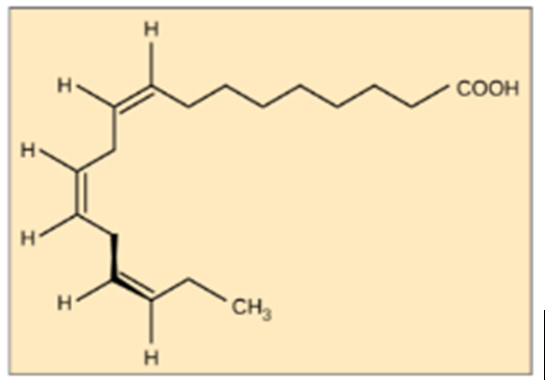Describe the shared derived characteristics that support grouping the hemichordates, chordates, and
echinoderms together as deuterostomes. What will be an ideal response?
Shared derived characteristics that support grouping the hemichordates, chordates, and echinoderms
together as deuterostomes are similarities in patterns of development as illustrated by radial,
indeterminate cleavage and blastopore development to an anus not mouth
Shared derived anatomical characteristics include endoskeletons and true coeloms.
You might also like to view...
Solution A has a pH of 6 and solution B has a pH of 8. Therefore, ____
a. A has 10 times greater H+ concentration than B. b. B has 10 times greater H+ concentration than A. c. A has 100 times greater H+ concentration than B. d. B has 100 times greater H+ concentration than A. e. A has 1,000 times greater H+ concentration than B.
Where is the carboxyl group located in this diagram?

a. The carboxyl group is every unlabeled carbon.
b. The carboxyl group is labeled CH3.
c. The carboxyl group is labeled COOH.
d. The double-bonded carbons are carboxyl groups.
You and your friends have just stepped off the plane in Cusco, Peru (11,200 ft). Your friends are so eager to see Machu Picchu they want to start off hiking the Inca Trail right away and not waste any time. How do you respond?
A. "Sounds good, but we had better pack extra water." B. "Sounds good, but we had better bring our warmest clothes." C. "No problem -- we had the whole plane ride to acclimatize to the high altitude." D. “Waiting a few days might be smart, since it takes time to acclimate to high altitude.”
The processes illustrated in the models depicted above all result in which of the following?
A) Transcription B) An increase in genetic variation C) An increase in the chromosome number D) Horizontal gene transfer